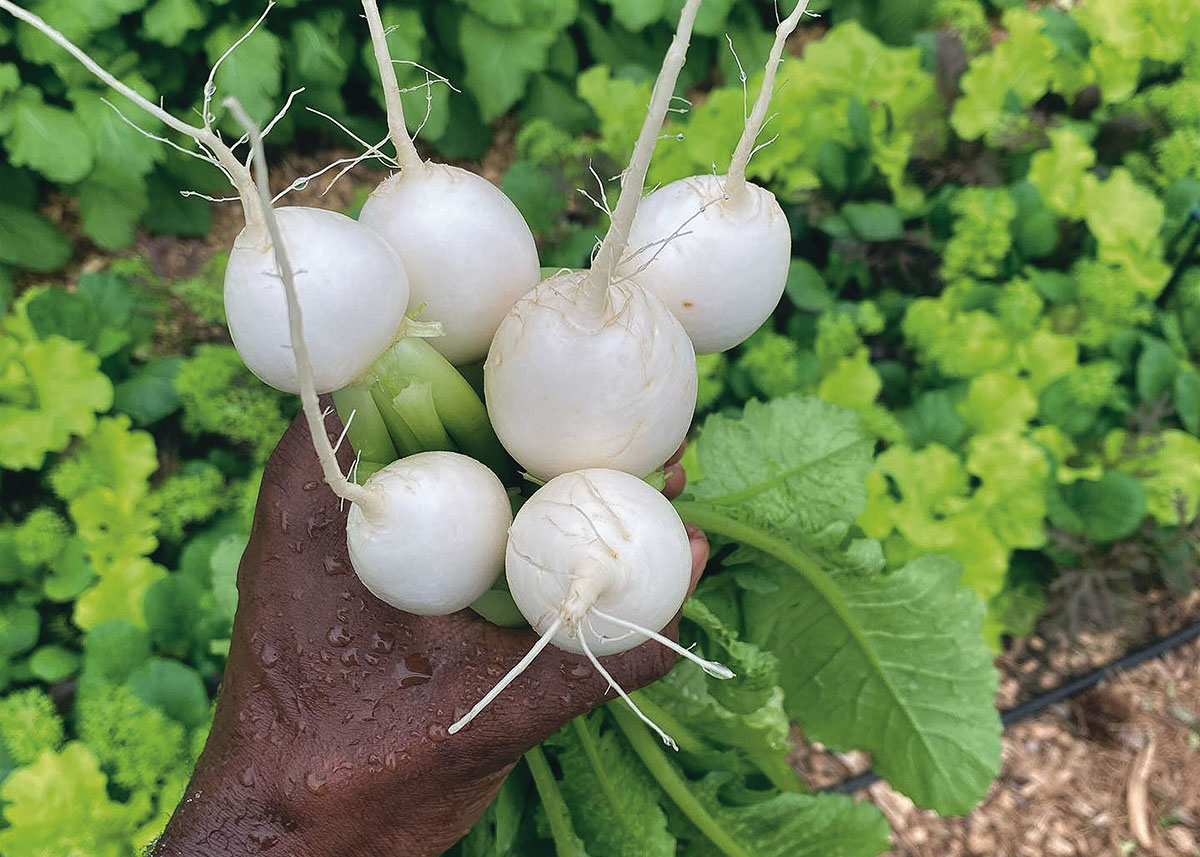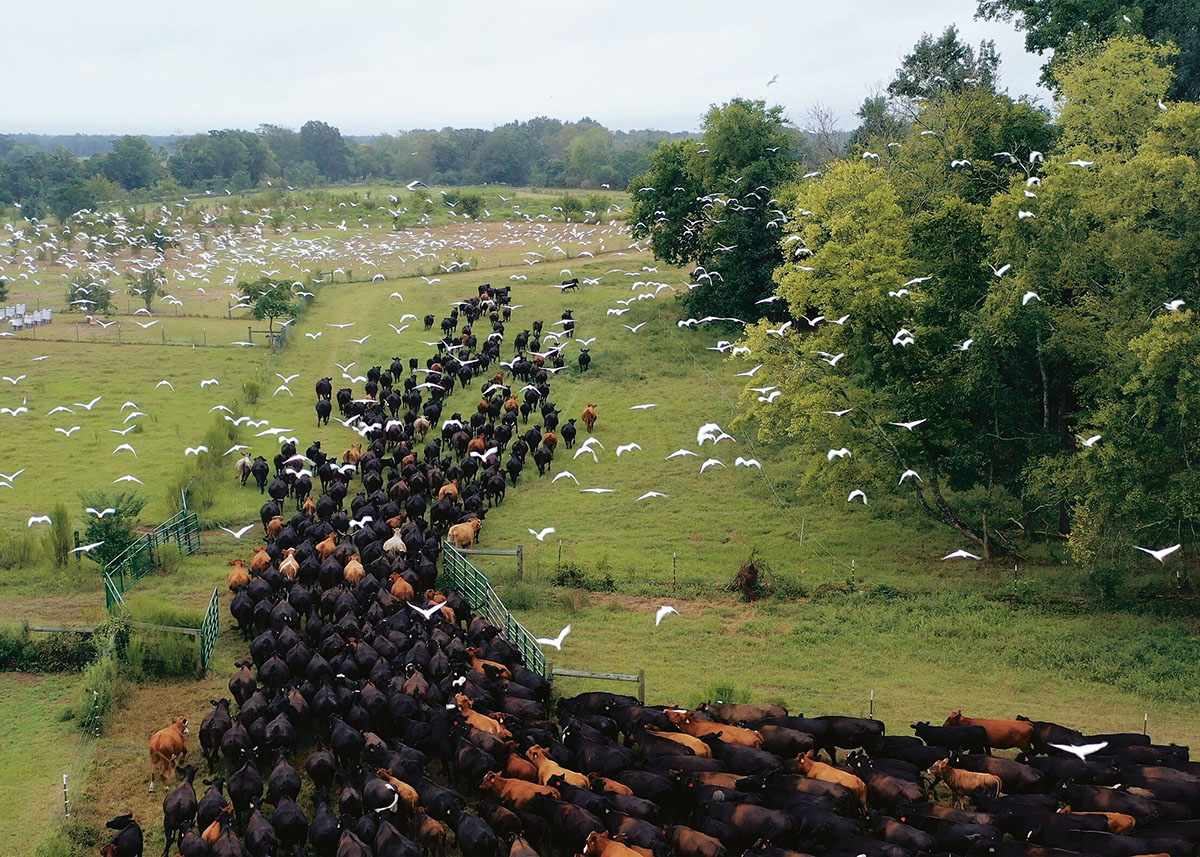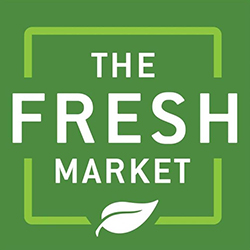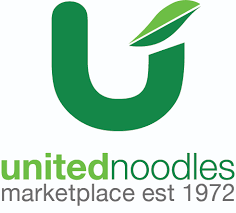Kelsey Timmerman comes from a long line of farmers and lives in rural Indiana, surrounded by monocultures of corn and soybeans. Motivated by the challenges he saw at home — polluted water and air, and fraying ties between land and community — and a belief that humans can be a force for good, he set out to find a more hopeful path.
Over six years and across five continents, Timmerman met farmers, Indigenous leaders and activists from Hawaiian kalo patches to the Amazon rainforest and Maasai cattle lands. His book “Regenerating Earth: Farmers Working with Nature to Feed Our Future” is a compelling, deeply personal and surprisingly joyful journey that explores what it means to live regeneratively. Not just in how we farm, but in how we connect to each other and the planet. Through stories full of grit, heart and humor, he reminds us that healing the Earth isn't just possible, it's already happening, and we can all be part of it.
In this Q&A with The Packer, Timmerman shares what inspired the book, why regenerative agriculture matters now more than ever, and what gives him hope for the future of our food system.

The Packer: You come from a family with deep roots in conventional farming. How did your journey from that background to advocating for regenerative agriculture evolve, and what personal turning point stands out in the book?
Timmerman: It started in my 20s with wanting to get the heck out of the Midwest and away from farming. I traveled to 60-some countries, reporting from the crowded streets of Dhaka, Bangladesh, the garment factories of Phnom Penh, Cambodia and beyond. But then I did a project to meet the people who grow some of my favorite imported foods (coffee from the volcanic mountains of Colombia, cacao from the forests of West Africa). Maybe it was the fresh air or the easy-going ways of the people, but I seemed to fit better in rural areas. I moved back to the rural Midwest and now, like my grandparents and parents, have a vested interest in the future of my farm community.
Farmers today are under an incredible amount of pressure. On one hand, they're blamed for the problems of our food system; on the other, they're expected to fix it. But many are just trying to survive in an economy where input costs keep rising while crop prices stay flat. A farmer friend of mine once put it bluntly: ‘Farmers are being farmed' — meaning the system seems to work best for those selling the inputs and buying the outputs, not always for the folks in the middle doing the work.
My friend Will Harris of White Oak Pastures told me that the farmers still farming are the absolute best at what they do. Many others have had to sell and move on. With that in mind, conventional agriculture isn't getting easier. The climate is changing, and most of our soil isn't as rich or as deep as it used to be.
When I first heard the term regenerative agriculture and learned that it was a path forward for small and mid-sized farmers, like most of my family and friends, I set out to determine what it meant for our world, nation and my rural community. I was a little worried that my farm friends and relatives wouldn't talk to me. And maybe even disown me. Then I rode along on their tractors, where, after a bit, they shared their concerns. They were afraid they might be the last generation to farm the family ground, and that large corporations would own the land and the “farmers” would all be employees. They were being squeezed out.
Regenerative agriculture offered a way where farmers could use fewer inputs, rely on more diversity to decrease costs and raise their farms' resiliency and bottom line.

“Regenerating Earth” spans global landscapes. How did you decide which international regenerative agriculture models to feature, and what lessons from overseas do you see as particularly adaptable for U.S. farmers?
This was a six-year project. When I first learned about regenerative agriculture, it seemed like all the practitioners were white farmers in the Midwest and Allan Savory in Zimbabwe. As I followed the roots of the movement deeper, I saw they began with the knowledge of Indigenous peoples and ancient farming techniques. Through various people, I connected with the Tupinamba in Brazil whose homelands in the Amazon are threatened by logging, ranching and the spread of soybeans. Leadership in Brazil looked at the Amazon as a void that wasn't contributing to the GDP, but large swaths of the Amazon have been shaped by people into a lush food forest. I write about similar situations with the Maasai in Kenya, the Arhuaco in Colombia, and that of Native Hawaiians. Spending time with them revealed a way of relating to the land that's different from what I grew up with — but not incompatible. In fact, it reminded me of stories my grandparents told about more diverse farms, rotating animals through pastures, and working with the seasons. That wisdom may be ancient, but it's also something many American farmers used to practice and could again.
I also researched stories about regenerative ranchers and farmers in the U.S. I met farmers growing Kernza, a perennial grain developed at the Land Institute, small grains harvested and processed at family-owned mills, and even Will Harris — a rancher's rancher — and I saw that their work involved a rediscovery of a connection with the natural world that I had seen among Indigenous people. I didn't expect them to, but they rhymed in that they all worked with the cycles of nature. They managed life with life. Their yields might not be as high, but their freedom from expensive inputs and commitment to diversity built resilience.
In the book, you describe regenerative farming as both soil-restoration and a means of building community, environmental justice and cultural ties. What roles do policy, consumer behavior and farmer networks play in scaling this movement and which do you feel holds the most untapped potential?
Dad and I revisited the family farm that sold when his parents passed. He was reminiscing about his childhood. He told me about all the animals they used to raise. They had dairy cows, guineas, turkeys, hogs, chickens and more. Grandpa farmed 300 acres and fed and supported a family of six. On Sundays, the neighborhood kids would ride their bikes around until they had fielded enough for a baseball game.
Maybe those days are behind us, but they don't have to be.
The soil on our farms has eroded away, and with it, our communities. The regenerative farms I visited in the U.S. weren't necessarily thousands of acres, but they supported more families per acre. White Oak Pastures went from employing three people to nearly 200. Janie's Mill near Chicago and Meadowlark Organics in Wisconsin have grown their milling businesses while creating opportunities for local small grain farmers. Regen farms require fewer expensive inputs and tractors worth as much as houses, but they do require connections with the land and community.
Our system is built for conventional agriculture. That's where research dollars and subsidies flow. We need to have more funds allotted for farmers who are experimenting with cover crops, putting animals back on the land, and selling directly to consumers. To that end, consumers play a huge role. Since regenerative ag often exists outside the support of conventional ag, the products cost more. If consumers want a system that is less commoditized, industrialized and consolidated, they have to support it.
I have deep respect for the grit and resilience of conventional farmers, including those in my own family, who've weathered enormous change. But many of them are reaching a crossroads. Selling to a larger farm or corporation can feel like the only viable option. What regenerative agriculture offers is a chance to imagine a different kind of future — one where farms can support more families, and rural communities can thrive again.
I think we'd all prefer it if our neighbors were people not corporations.












